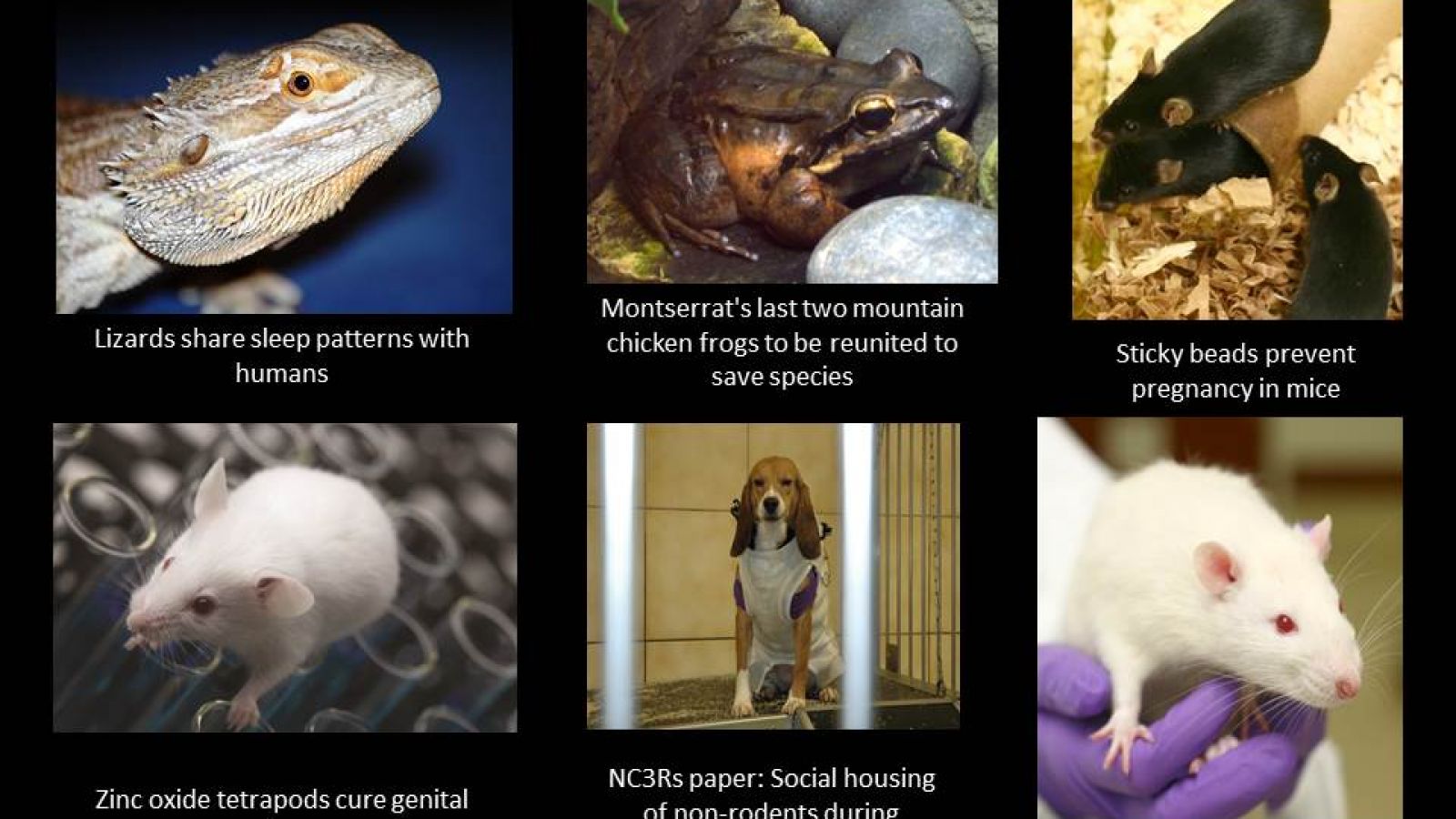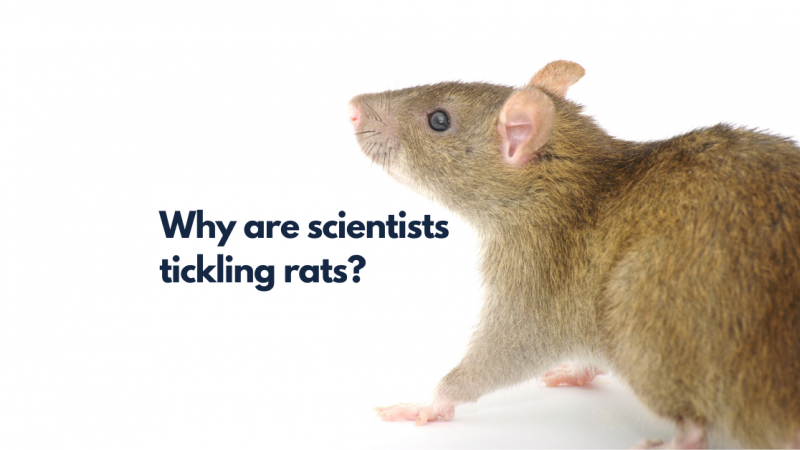Memory formation mapped
Memories formed in one part of the brain are replayed and transferred to a different area of the brain during rest, according to a UCL study in rats.
http://www.ucl.ac.uk/news/news-articles/0416/180416-Brain-files-memories-during-rest?
Until now, it was thought features of human sleep such as rapid eye movements were seen only in mammals and birds.
Now, a study of the bearded dragon - a popular pet - suggests these distinctive sleep rhythms emerged hundreds of million of years ago in a distant ancestor. They could even have been present in dinosaurs, say scientists. German researchers recorded the brain activity of bearded dragons when they were sleeping.
They found that similar to humans and other mammals, the reptiles showed cycles of eye movements and deep sleep.
http://www.bbc.co.uk/news/science-environment-36150972
http://www.sciencemag.org/news/2016/04/do-sleeping-dragons-dream
Montserrat's last two mountain chicken frogs to be reunited to save species
Conservationists pin hopes of the species’ survival on breeding the Caribbean island’s last known male and female in the wild.
The two frogs are the island’s only known survivors of an outbreak of the deadly chytrid fungus disease, a pandemic ravaging amphibian populations worldwide
Zinc oxide tetrapods cure genital herpes in mice
Virtually all efforts to generate an effective protection against the life-long, recurrent genital infections caused by HSV-2 have failed. Apart from sexual transmission, the virus can also be transmitted from mothers to neonates, and it is a key facilitator of HIV co-acquisition. This article discusses a nanoimmunotherapy using specially designed zinc oxide tetrapod nanoparticles (ZOTEN) with engineered oxygen vacancies. They demonstrate that ZOTEN, when used intravaginally as a microbicide, is an effective suppressor of HSV-2 genital infection in female BALB/c mice.
http://www.uni-kiel.de/pressemeldungen/index.php?pmid=2016-128-zinkoxid&lang=en
http://www.jimmunol.org/content/early/2016/04/27/jimmunol.1502373.abst
Sticky beads that capture healthy sperm could work as a new form of contraceptive
When beads were injected into the uteruses of female mice kept with fertile males, the mice failed to get pregnant through 10 oestrus cycles.
NC3Rs work to improve animal welfare in toxicology studies
The NC3Rs led a working group in 2015 to try and find ways to encourage social housing of non-rodents in toxicology studies (usually dogs or pigs) throughout the study life. As it stands, many institutions must separate animals during the days that telemetry readings are being taken to ensure that no complications arise. This sort of work into Refinement of animal studies improves animal welfare and ultimately the results, by reducing the stress in lab animals.
http://www.nc3rs.org.uk/news/social-housing-during-telemetry-recording
Last edited: 9 March 2022 13:00



